-
 Bitcoin
Bitcoin $117900
-1.56% -
 Ethereum
Ethereum $3572
-3.55% -
 XRP
XRP $3.110
-12.32% -
 Tether USDt
Tether USDt $1.000
0.00% -
 BNB
BNB $759.5
-2.41% -
 Solana
Solana $185.7
-7.50% -
 USDC
USDC $0.9999
0.00% -
 Dogecoin
Dogecoin $0.2362
-10.19% -
 TRON
TRON $0.3068
-2.19% -
 Cardano
Cardano $0.8019
-9.97% -
 Hyperliquid
Hyperliquid $42.98
-3.85% -
 Stellar
Stellar $0.4152
-11.84% -
 Sui
Sui $3.625
-8.72% -
 Chainlink
Chainlink $17.73
-8.16% -
 Hedera
Hedera $0.2423
-10.80% -
 Bitcoin Cash
Bitcoin Cash $503.8
-2.56% -
 Avalanche
Avalanche $23.44
-6.92% -
 Litecoin
Litecoin $110.1
-5.41% -
 UNUS SED LEO
UNUS SED LEO $8.962
-0.05% -
 Shiba Inu
Shiba Inu $0.00001360
-10.48% -
 Toncoin
Toncoin $3.118
-8.11% -
 Ethena USDe
Ethena USDe $1.001
-0.02% -
 Polkadot
Polkadot $4.061
-8.21% -
 Uniswap
Uniswap $9.902
-6.23% -
 Monero
Monero $313.2
-2.04% -
 Bitget Token
Bitget Token $4.650
-3.37% -
 Dai
Dai $0.0000
0.02% -
 Pepe
Pepe $0.00001246
-9.74% -
 Aave
Aave $286.4
-5.91% -
 Bittensor
Bittensor $416.2
-5.65%
What does +DI cross -DI in DMI mean?
A +DI cross above -DI signals bullish momentum, especially when confirmed by rising ADX and price action, helping traders spot potential trend reversals.
Jul 23, 2025 at 09:49 pm
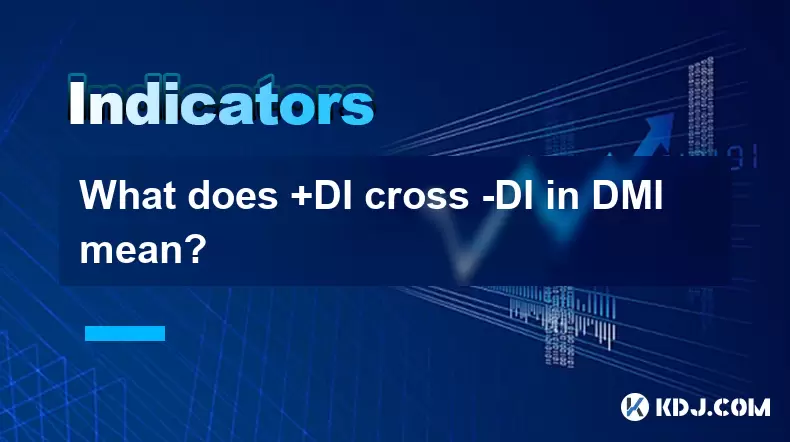
Understanding the DMI Indicator Components
The Directional Movement Index (DMI) is a technical analysis tool developed by J. Welles Wilder to assess the strength and direction of a market trend. The DMI consists of three primary components: the +DI (Positive Directional Indicator), the -DI (Negative Directional Indicator), and the ADX (Average Directional Index). The focus of this article is on the interaction between the +DI and -DI lines. The +DI measures the strength of upward price movement, while the -DI reflects the strength of downward price movement. When traders observe a +DI cross -DI, they are witnessing a shift in momentum between buying and selling pressure.
Each of these lines is derived from directional movement calculations based on price highs and lows over a specified period, typically 14 days. The raw directional movement is smoothed to form the +DI and -DI values, which are then plotted on a scale from 0 to 100. A higher +DI value suggests that upward price momentum is strengthening, while a higher -DI value indicates increasing downward momentum. The crossover between these two lines is considered a key signal by many traders.
What a +DI Cross Over -DI Signifies
When the +DI line crosses above the -DI line, it is interpreted as a potential bullish signal. This crossover suggests that upward price pressure has overcome downward pressure, indicating that buyers are gaining control of the market. Traders often view this as a possible entry point for long positions, especially when the crossover occurs after a period of consolidation or downtrend. The significance of the signal increases when the crossover happens at lower levels, such as below 30, as it may indicate a reversal from weak momentum to emerging strength.
Conversely, when the +DI line crosses below the -DI line, it is seen as a bearish signal. This indicates that selling pressure is now dominating buying pressure, potentially signaling the start of a downtrend or continuation of a bearish phase. Traders may use this as a cue to exit long positions or initiate short positions. It is important to note that the crossover alone does not guarantee a trend reversal; it only reflects a shift in directional momentum.
How to Identify a Valid +DI/-DI Crossover
To correctly interpret a +DI cross -DI, traders must ensure the signal is valid and not a false alarm. The following steps should be followed:
- Confirm that the crossover occurs on a closing basis, not just an intraday spike.
- Check that the ADX line is rising or above a threshold (commonly 20 or 25), indicating that a trend is forming or already in place.
- Analyze the price action around the crossover to see if it aligns with support/resistance levels or chart patterns.
- Use additional confirmation tools such as volume spikes or candlestick patterns to strengthen the signal.
Failure to validate the crossover can lead to whipsaws, especially in sideways or choppy markets. For example, in a ranging market, the +DI and -DI lines may cross multiple times without a sustained trend developing. Therefore, combining the DMI with other indicators like moving averages or RSI improves signal reliability.
Practical Example Using a Cryptocurrency Chart
Let’s examine a real-world scenario using a Bitcoin/USD daily chart. Suppose the +DI has been below the -DI for several weeks, indicating a bearish trend. On day 45, the +DI line begins to rise while the -DI starts to decline. On day 47, the +DI crosses above the -DI. At this point, the ADX line is at 24 and trending upward, confirming increasing trend strength.
Price action shows that Bitcoin has just bounced off a key support level near $28,000, and volume on the up days has been higher than on down days. These factors align with the bullish crossover signal. A trader might enter a long position at the close of day 47, placing a stop-loss just below the recent swing low. Over the next two weeks, Bitcoin climbs to $32,000, validating the signal.
This example illustrates how the +DI crossing -DI can serve as an early warning of trend change when supported by other technical factors.
Common Misinterpretations and Pitfalls
One major misconception is assuming that every +DI/-DI crossover leads to a profitable trade. In reality, many crossovers occur during consolidation phases and result in false signals. For instance, if the ADX is below 20, the market may lack a clear trend, making the crossover less reliable. Another pitfall is ignoring the broader market context. A bullish crossover in a cryptocurrency during a macroeconomic downturn or regulatory crackdown may fail due to external pressures.
Additionally, traders sometimes overlook the importance of timeframes. A crossover on a 5-minute chart may be insignificant compared to one on a daily chart. Using multiple timeframes—such as checking the weekly DMI before acting on a daily signal—can reduce risk. Lastly, failing to adjust the DMI period from the default 14 can limit its effectiveness for different trading styles. Scalpers might use a 7-period DMI, while long-term investors may prefer a 21-period setting.
Configuring DMI on Trading Platforms
Most cryptocurrency trading platforms, including TradingView, Binance, and MetaTrader, support the DMI indicator. To set it up:
- Open the chart of the desired cryptocurrency pair.
- Click on the "Indicators" button and search for "DMI" or "Average Directional Movement Index."
- Add the indicator to the chart.
- Ensure that both +DI and -DI lines are visible; some platforms require enabling them in settings.
- Adjust the period if needed by editing the indicator’s parameters.
- Optionally, add the ADX line for confirmation.
On TradingView, users can customize the colors of the +DI (typically green) and -DI (typically red) for easier visual identification. Alerts can also be set to notify when a crossover occurs, allowing timely responses even when not actively monitoring the market.
Frequently Asked Questions
What is the default period setting for DMI, and can it be changed?
The default period for DMI is 14, as recommended by J. Welles Wilder. This can be adjusted in most trading platforms to suit different strategies. Shorter periods make the indicator more sensitive, while longer periods smooth out noise but may lag.
Does a +DI cross -DI guarantee a price increase?
No, it does not. While the crossover suggests increasing bullish momentum, it is not a standalone guarantee of price rise. External factors, lack of trend strength (low ADX), or market manipulation can negate the signal.
Can the DMI be used effectively in sideways markets?
The DMI is less effective in sideways markets because frequent crossovers generate false signals. It performs best in trending conditions. Traders often combine it with volatility filters or range-bound indicators to avoid losses in flat markets.
How does the DMI differ from MACD in identifying trend direction?
The DMI focuses on trend strength and directional movement, using highs and lows to calculate +DI and -DI. MACD, on the other hand, measures momentum based on moving average convergence. DMI is better for identifying trend initiation, while MACD excels in spotting momentum shifts.
Disclaimer:info@kdj.com
The information provided is not trading advice. kdj.com does not assume any responsibility for any investments made based on the information provided in this article. Cryptocurrencies are highly volatile and it is highly recommended that you invest with caution after thorough research!
If you believe that the content used on this website infringes your copyright, please contact us immediately (info@kdj.com) and we will delete it promptly.
- Dogecoin's Resistance Retest: Parabolic Move on the Horizon?
- 2025-07-24 04:50:13
- BlockDAG, Dogecoin, and the $350M Presale Frenzy: What's Hot Now?
- 2025-07-24 04:50:13
- Crypto for the Clueless: Understanding Digital Assets for Non-Investors
- 2025-07-24 04:30:12
- Ethereum Meme Coin Presales: Pepeto & LilPepe Lead the Charge!
- 2025-07-24 04:35:12
- Chainlink (LINK) Price Breakout: Bullish Signals and Tokenization Trends
- 2025-07-24 02:50:12
- Chasing 1000x Gains: Your Summer Crypto Investment Guide
- 2025-07-24 02:50:12
Related knowledge
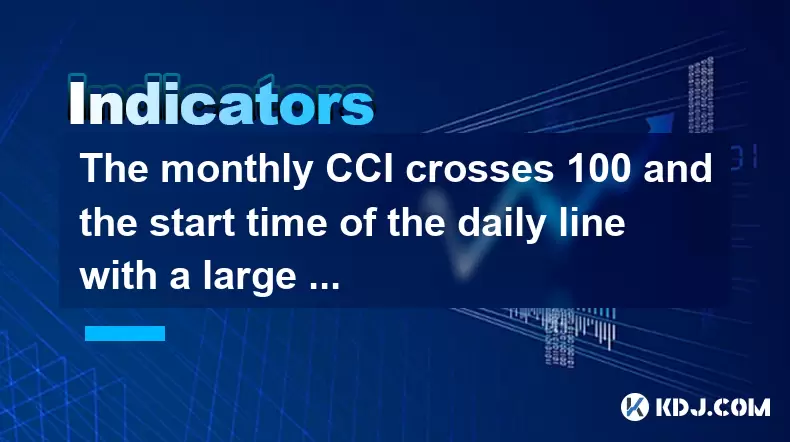
The monthly CCI crosses 100 and the start time of the daily line with a large volume positive line
Jul 24,2025 at 03:56am
Understanding the Monthly CCI Indicator and Its Significance at 100The Commodity Channel Index (CCI) is a momentum-based oscillator used to identify o...
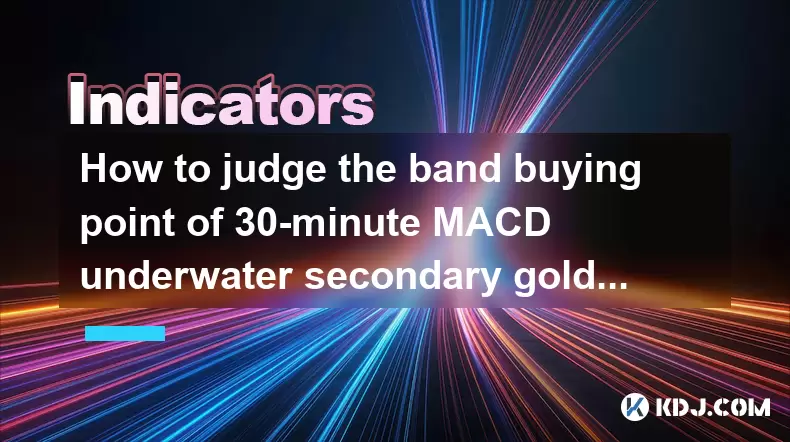
How to judge the band buying point of 30-minute MACD underwater secondary golden cross + 1-hour Yang line reverse?
Jul 24,2025 at 03:22am
Understanding the 30-Minute MACD Underwater Secondary Golden CrossThe 30-minute MACD underwater secondary golden cross is a technical signal used by t...
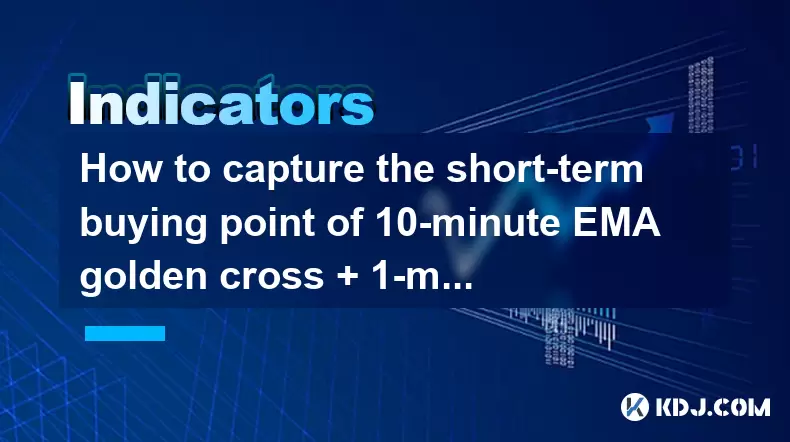
How to capture the short-term buying point of 10-minute EMA golden cross + 1-minute VOL double volume?
Jul 24,2025 at 03:28am
Understanding the Basics of Staking in CryptocurrencyStaking is a fundamental process in many blockchain networks that operate under the Proof-of-Stak...
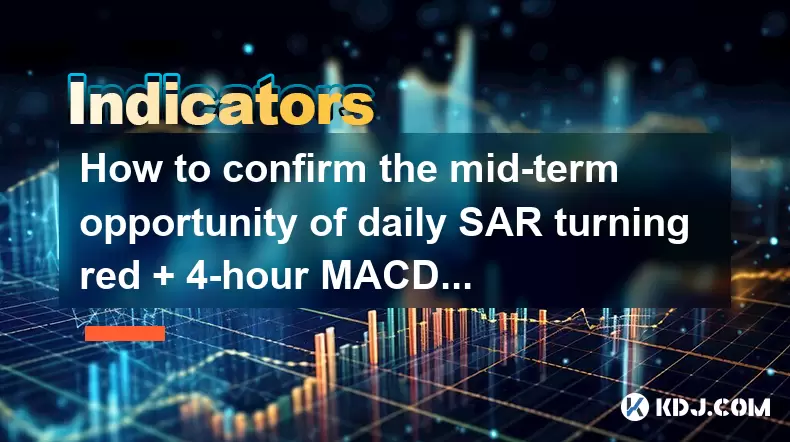
How to confirm the mid-term opportunity of daily SAR turning red + 4-hour MACD water double golden cross?
Jul 24,2025 at 02:56am
Understanding the SAR Indicator and Its Signal When Turning RedThe Parabolic SAR (Stop and Reverse) is a technical analysis tool used to identify pote...
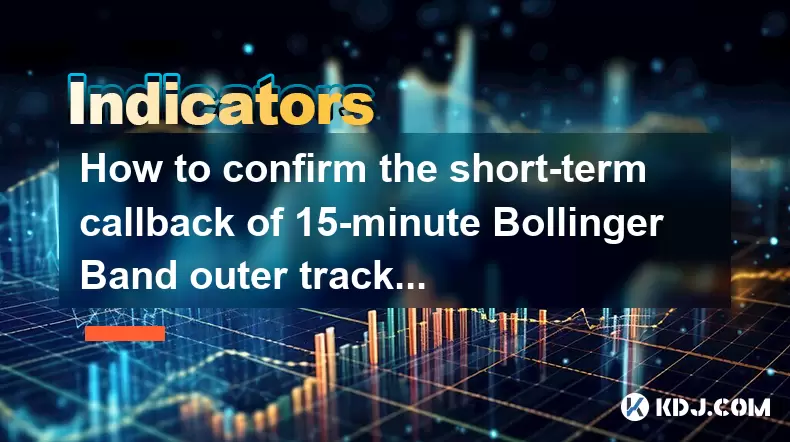
How to confirm the short-term callback of 15-minute Bollinger Band outer track return + 5-minute KDJ dead cross?
Jul 24,2025 at 03:35am
Understanding the Bollinger Bands and KDJ Indicator CombinationThe Bollinger Bands and KDJ indicators are two widely used tools in technical analysis ...
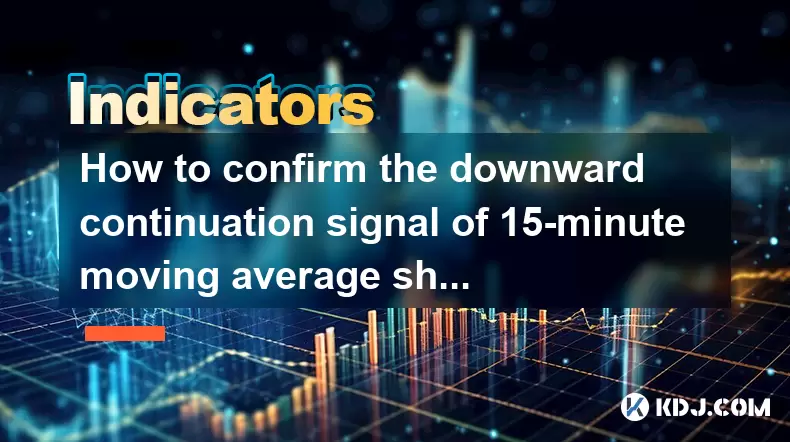
How to confirm the downward continuation signal of 15-minute moving average short arrangement + 5-minute negative line with large volume?
Jul 24,2025 at 04:07am
Understanding the 15-Minute Moving Average Short ArrangementIn cryptocurrency trading, identifying trend continuation signals is crucial for timing en...

The monthly CCI crosses 100 and the start time of the daily line with a large volume positive line
Jul 24,2025 at 03:56am
Understanding the Monthly CCI Indicator and Its Significance at 100The Commodity Channel Index (CCI) is a momentum-based oscillator used to identify o...

How to judge the band buying point of 30-minute MACD underwater secondary golden cross + 1-hour Yang line reverse?
Jul 24,2025 at 03:22am
Understanding the 30-Minute MACD Underwater Secondary Golden CrossThe 30-minute MACD underwater secondary golden cross is a technical signal used by t...

How to capture the short-term buying point of 10-minute EMA golden cross + 1-minute VOL double volume?
Jul 24,2025 at 03:28am
Understanding the Basics of Staking in CryptocurrencyStaking is a fundamental process in many blockchain networks that operate under the Proof-of-Stak...

How to confirm the mid-term opportunity of daily SAR turning red + 4-hour MACD water double golden cross?
Jul 24,2025 at 02:56am
Understanding the SAR Indicator and Its Signal When Turning RedThe Parabolic SAR (Stop and Reverse) is a technical analysis tool used to identify pote...

How to confirm the short-term callback of 15-minute Bollinger Band outer track return + 5-minute KDJ dead cross?
Jul 24,2025 at 03:35am
Understanding the Bollinger Bands and KDJ Indicator CombinationThe Bollinger Bands and KDJ indicators are two widely used tools in technical analysis ...

How to confirm the downward continuation signal of 15-minute moving average short arrangement + 5-minute negative line with large volume?
Jul 24,2025 at 04:07am
Understanding the 15-Minute Moving Average Short ArrangementIn cryptocurrency trading, identifying trend continuation signals is crucial for timing en...
See all articles

























































































